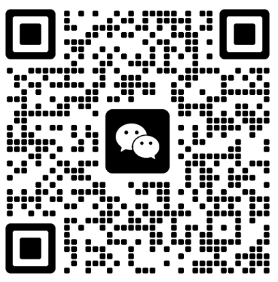The Mooney viscometer test is a method that uses rotation to measure the fluidity of raw rubber and unvulcanized rubber. In the rubber processing process, from the beginning of mastication to the completion of vulcanization, it is closely related to the fluidity of rubber, and Mooney viscosity testing is an indicator to measure this performance. In recent years, the Mooney viscometer has become the most widespread and popular instrument for testing rubber viscosity or plasticity internationally.
1. Principle of Mooney viscosity testing test
When working, the motor → small gear → large gear → worm → worm gear → rotor, causing the rotor to rotate in a closed chamber filled with rubber samples. The closed type is composed of upper and lower molds. Electric heating wires are installed in the upper left and lower molds. The temperature can be Automatic control. When the rotor rotates, the rotor produces a torque on the cavity material, pushing the rubber layer close to the rotor to flow. Other rubber materials in the mold cavity will generate friction that prevents its flow. Its direction is opposite to the flow direction of the rubber layer. This friction The force is the shear force that prevents the flow of the rubber material, and the shear force per unit area is the shear stress. There is the following relationship with shear rate and viscosity, that is, a power index empirical formula suitable for non-Newtonian flow:
τ=Κγn
τ—shear stress; Y—shear rate; K—flow viscosity; n—flow index (normal at a certain γ and temperature
number).
2. Sample preparation for Mooney viscosity testing
1. After the rubber is processed, it can be tested under laboratory conditions for 2 hours, but not more than 10 days.
2. Cut two rubber samples with a diameter of about 45 mm and a thickness of about 3 mm from the bubble-free rubber material.
Punch a round hole about 8 mm in diameter in the center of the sample.
3. The sample should be free of impurities, dust, etc.
3. Mooney viscosity testing test operation steps
1. Turn on the host power and motor power, turn on the computer, and start the test program.
2. Set test conditions.
3. Put the experimental compound into the mold cavity, press the mold closing button until the upper mold descends, and start the experiment.
4. After the test is completed, press the mold opening button, open the mold cavity, take out the sample, and print the experimental data.
5. After the experiment is completed, end the program, turn off the power, and clean the site.
Four. Mooney viscosity testing test results and records
1. Generally, the viscosity of the sample is expressed by the Mooney viscosity value after 4 minutes of rotation, and is expressed as ML1+4100.
Among them: M - Mooney viscosity value; L - means using a large rotor; 1 - means preheating for 1 minute; 4 - means rotating for 4 minutes;
100℃—indicates that the experimental temperature is 100℃.
2. The reading is accurate to 0.5 Mooney viscosity values, and the experimental results are accurate to integer digits.
3. Use the arithmetic mean of the experimental results of no less than two samples to express the viscosity of the sample (the difference between the results of the two samples must not be
Greater than 2 Mooney viscosity values, otherwise the experiment should be repeated).
4. Analysis of recorded curves
- Home
- Products
- Materials Testing
- Universal Testing Machine
- Environmental Chamber
- Rubber Testing Equipment
- Dynamic balancing machine
- Rubber and plastic industry
- Adhesive industry
- Packaging and printing industry
- Medical industry
- Electromagnetic wire industry
- Footwear industry
- Auto parts industry
- Hardware industry
- PE film industry
- Wire and cable industry
- Home furnishing industry
- Non-standard customized projects
- Battery Industry
- Textile Industry
- Other test types
- Injection Molding Machine
- Accessories
- Materials Testing
- Industry Solutions
- Resources
- Service and Support
- Our Company
- Contact Us


